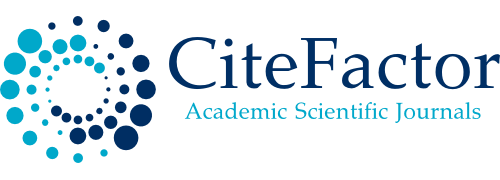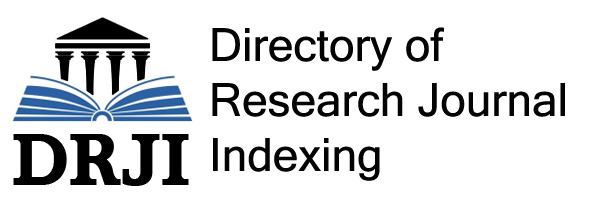Transformation of Healthcare through Bioimaging and Bioinformatics
Keywords:
Bioimaging, Bioinformatics, Healthcare transformation, Personalized medicine, Telemedicine
Abstract
The convergence of bioimaging and bioinformatics has propelled a paradigm shift in healthcare, empowering clinicians with unprecedented insights into the complexities of human biology and disease. Bioimaging technologies from traditional X-ray and MRI to cutting-edge optical imaging, provide non-invasive means to visualize anatomical structures and physiological processes with high resolution. Complementing these advancements, bioinformatics methodologies enable the analysis and interpretation of vast biological datasets, integrating genomics, proteomics, and metabolomics information. This review elucidates the pivotal role of bioimaging and bioinformatics in healthcare transformation. It explores how these synergistic disciplines contribute to enhanced disease diagnosis, personalized treatment planning, and improved patient outcomes. By harnessing bioimaging data with bioinformatics tools, healthcare practitioners can tailor interventions to individual patients, identify novel biomarkers, and expedite drug discovery processes. Moreover, the integration of telemedicine and remote monitoring facilitates equitable access to healthcare services, particularly in underserved regions. Despite the promise of this integration, challenges such as data interoperability and ethical considerations persist. Overcoming these hurdles requires concerted efforts in standardization, regulation, and technological innovation. Nevertheless, the amalgamation of bioimaging and bioinformatics heralds a new era of precision medicine, offering transformative possibilities for healthcare delivery and biomedical research.
How to Cite
Samridhi Singh, & Kirti Negi. (1). Transformation of Healthcare through Bioimaging and Bioinformatics. International Journal of Pharma Professional’s Research (IJPPR), 15(2), 81-103. https://doi.org/10.69580/IJPPR.15.2.2024.96-113
Section
Articles











